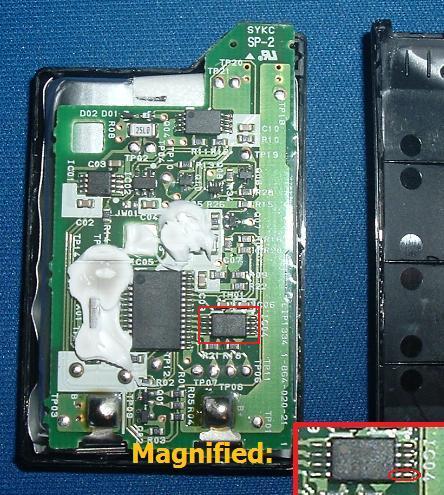stargazer wrote:3.7v. I guess maybe I'm incorrectly assuming that if it has a circuit built in, the circuit is a lot more voltage tolerant than the cell itself?
The voltage written on the battery will be the voltage of the battery independently on whether it has protective circuit or not. So if it's a 3.7V battery with a circuit it will say 3.7V. But you could measure it with the multimeter couldn't you?
Third pin however might or might not indicate the presence of protection. It might be just dummy pin which is quite typical for cheap aftermarket stuff. It could be simple temperature sensor, or smart full-featured protective board. So if you buy a battery from a good source and the battery has the spec - just check with it. Otherwise I don't see how to verify all that without dismantling the battery and even then you need to reverse engineer the board (if one is present) and figure what does it do. Does it protect from both overdischarging of overcharging? Or is it just for discharging. Do you see what I mean?
For example I've got hold of a DSi battery, but have no idea how many cells are there and whether a circuit is there or not. It has 3 pins all right, but it could be a dummy pin attached to ground or always returning OK status. So although I like the form-factor of this battery I won't be using it since I don't have the spec. If say it has more than 1 cell, then I need to take care of how they charge and discharge (balance them in other words) and the way they must be balanced depends on how many fucking cells are there 
Anyways... this is the stuff I've read from various resources like battery university, but dunno how is it on practice. That's why I brought up this originally, but got no answer apart from accusation of asking pointless questions (it actually becomes quite typical for this forum which is a shame, I guess fantastic expert gurus sitting here won't descent to a noob like me).
